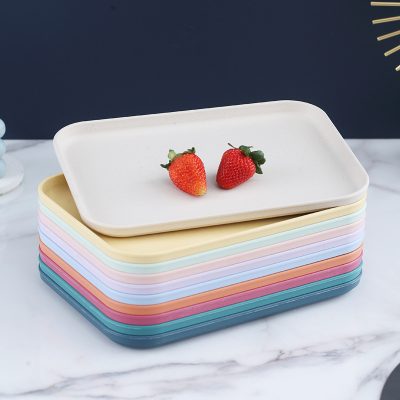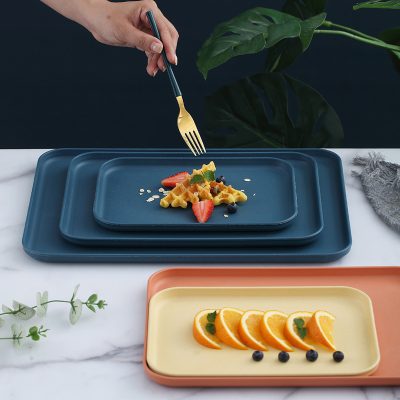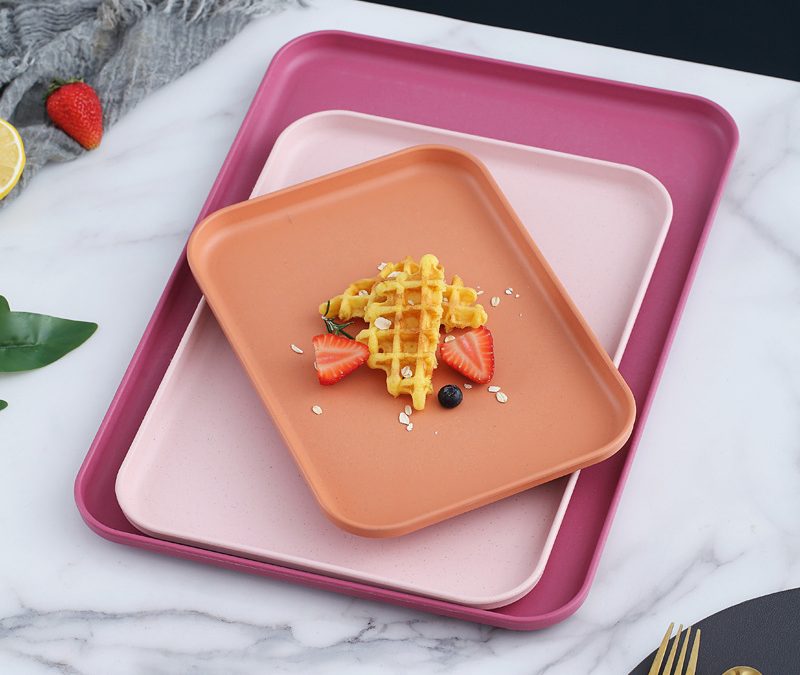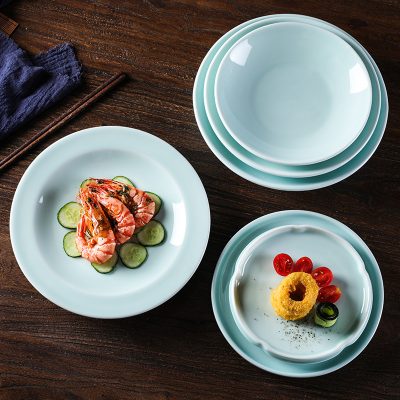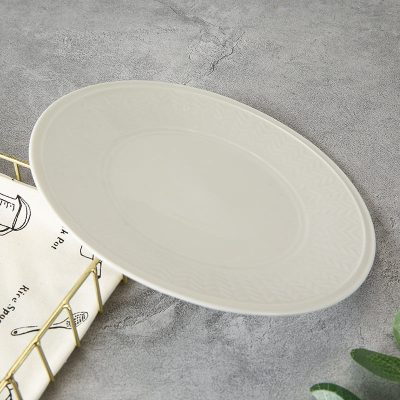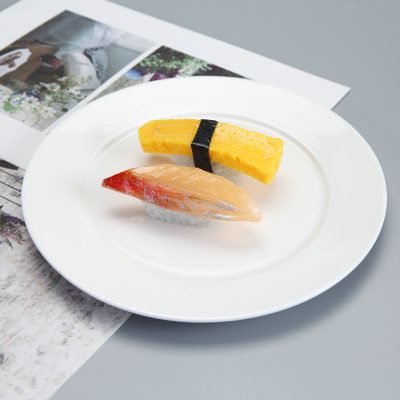- Contact us now!
- +86 18868944843
- been@thingegr.com
What are the precautions for imitation porcelain tableware?
For the safety of your meal, when purchasing tableware, you should buy it in the regular shopping malls and supermarkets, and try to choose high-quality imitation porcelain tableware; Check whether the tableware is deformed; Children should not use brightly colored imitation porcelain tableware, especially those with patterns inside. Try to choose light-colored imitation porcelain tableware.
The wholesaler of porcelain imitation tableware introduced that qualified porcelain imitation tableware can be put in the refrigerator or blanched with boiling water, which is safer. When using porcelain imitation tableware, try not to keep acidic, oily and alkaline food for a long time; In particular, do not put oily food in imitation porcelain tableware and heat it in microwave oven to prevent the release of toxic substances.
The newly bought imitation porcelain tableware should be boiled in boiling water with vinegar for two or three minutes, or soaked in vinegar for two hours at normal temperature to release harmful substances as much as possible. Remember to pour out the water for cooking tableware and use soft rags when cleaning the imitation porcelain tableware. The cleaning cloth and detergent are easy to scratch the tableware surface and are more likely to be contaminated. Do not choose them.
Do not use grinding powder and brush to avoid leaving traces. Wash the residue immediately after bleaching. It is recommended to use oxygen high concentration decontamination soaking powder, once a week, for 30 minutes each time; It can effectively remove yellow, black and stubborn stains such as oil stains, pigments and coffee stains on tableware. Do not use chlorine bleach to avoid material deterioration or discoloration; Long-term immersion in high temperature will damage the surface (pattern, etc.). If you need to soak, please soak in warm water at 70~90 ℃ for about 30-60 minutes. If you need to renovate the tableware, you need to soak for 3-5 hours.
On the tableware shelves in supermarkets, we can often see such cups, plates and bowls: at first glance, they look like porcelain tableware, but the actual material is plastic. These tableware are collectively called melamine tableware or imitation porcelain tableware. ‘Melamine’ is the trade name of melamine formaldehyde resin, which is allowed to be used as tableware. There are corresponding national standards. However, there is also a “fake” imitation porcelain tableware in the imitation porcelain tableware market, They use non-edible urea-formaldehyde resin as raw materials and are often sold together with tableware in the name of ‘storage tray’, ‘square tray’, ‘tray’, etc. Unconscious consumers mistakenly buy them as tableware containing food, and unknowingly will eat the toxic substances that migrate from them.
